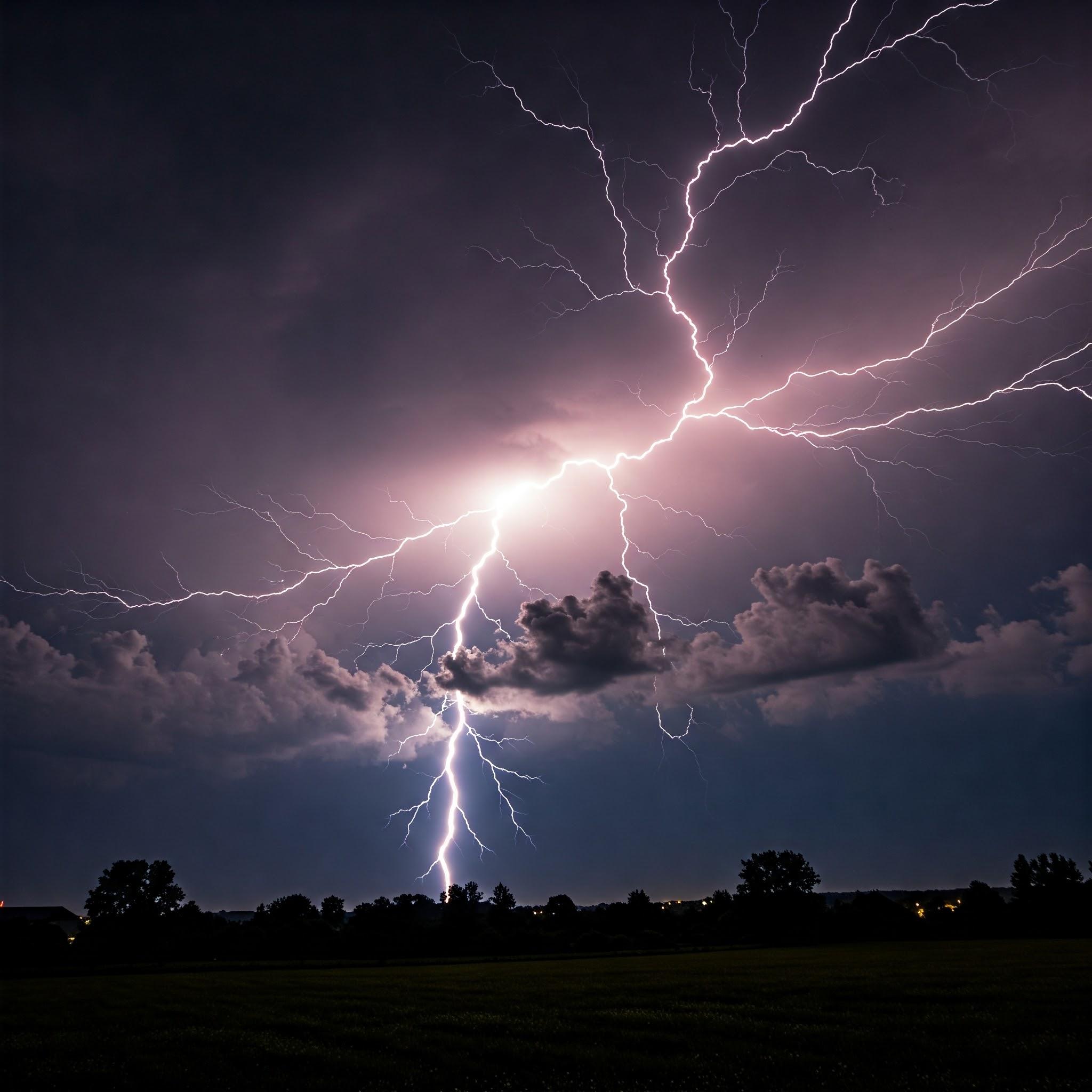What is Lightning & How to protecLightning & Building Protection: Stay Safe from Strikest your Building from Lightning?

Lightning is a natural electrical discharge that occurs during thunderstorms. It is a powerful and potentially destructive force that can cause damage to buildings, infrastructure, and electrical systems. ightning Protection: Stay Safe is crucial to ensuring the safety of occupants and preventing property damage. This essay will elaborate on the nature of lightning, its effects on buildings, and the methods used to protect structures from lightning strikes.
Nature of Lightning
Lightning is a sudden and powerful electrical discharge that occurs between clouds or between a cloud and the ground. It is caused by the buildup of electrical charges within a thunderstorm cloud, which creates an electric field between the cloud and the ground. When the electric field becomes strong enough, it causes a discharge of electricity, resulting in lightning.
Lightning can take several forms, including:
- Cloud-to-Cloud Lightning: This type of lightning occurs between two or more thunderstorm clouds and is the most common type of lightning.
- Cloud-to-Ground Lightning: This type of lightning occurs between a thunderstorm cloud and the ground and is the most dangerous type of lightning. It can cause damage to buildings, infrastructure, and electrical systems.
- Intra-Cloud Lightning: This type of lightning occurs within a single thunderstorm cloud and is the least common type of lightning.
Effects of Lightning on Buildings
Lightning can have several effects on buildings, including:
- Fire: Lightning can cause fires in buildings by igniting combustible materials, such as wood, paper, or insulation.
- Structural Damage: Lightning can cause structural damage to buildings by heating and expanding metal components, such as roof trusses or electrical conduits.
- Electrical Damage: Lightning can cause damage to electrical systems in buildings by inducing high voltages and currents in wiring and equipment.
- Shockwave: Lightning can produce a shockwave that can damage windows, doors, and other building components.
- Electromagnetic Pulse (EMP): Lightning can produce an electromagnetic pulse that can damage electronic devices and systems.
Methods to Protect Buildings from Lightning
There are several methods used to protect buildings from lightning, including:
- Lightning Rods: Lightning rods are metal rods installed on the roof of a building to attract lightning strikes and conduct them safely to the ground. They are connected to a grounding system that dissipates the electrical energy into the ground.
- Surge Protectors: Surge protectors are devices installed in electrical systems to protect against voltage surges caused by lightning strikes. They divert excess electrical energy to the ground, preventing damage to equipment and wiring.
- Grounding Systems: Grounding systems are networks of conductors installed around a building to provide a low-resistance path for lightning strikes to dissipate into the ground. They are typically installed around the perimeter of a building and connected to a grounding rod or plate.
- Lightning Arresters: Lightning arresters are devices installed on electrical equipment to protect against lightning strikes. They divert excess electrical energy to the ground, preventing damage to equipment and wiring.
- Surge Protectors: Surge protectors are devices installed in electrical systems to protect against voltage surges caused by lightning strikes. They divert excess electrical energy to the ground, preventing damage to equipment and wiring.
- Lightning Protection Systems: Lightning protection systems are comprehensive systems that combine lightning rods, surge protectors, grounding systems, and other components to provide complete protection against lightning strikes.



